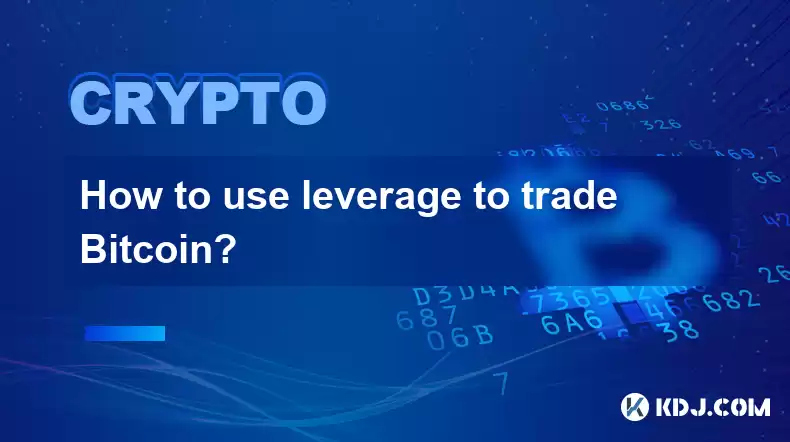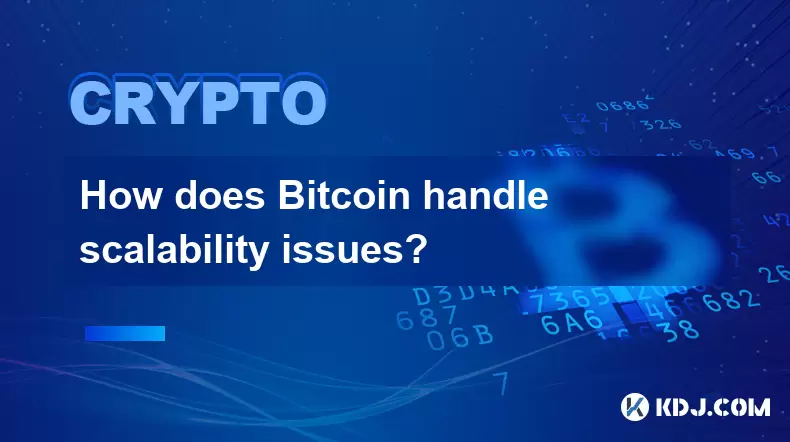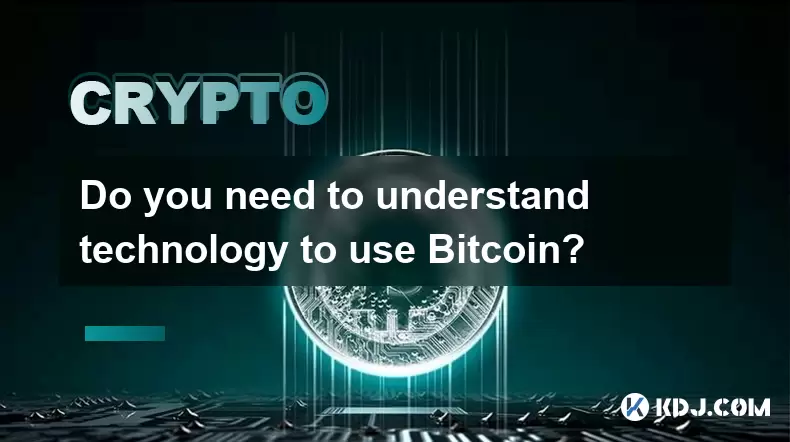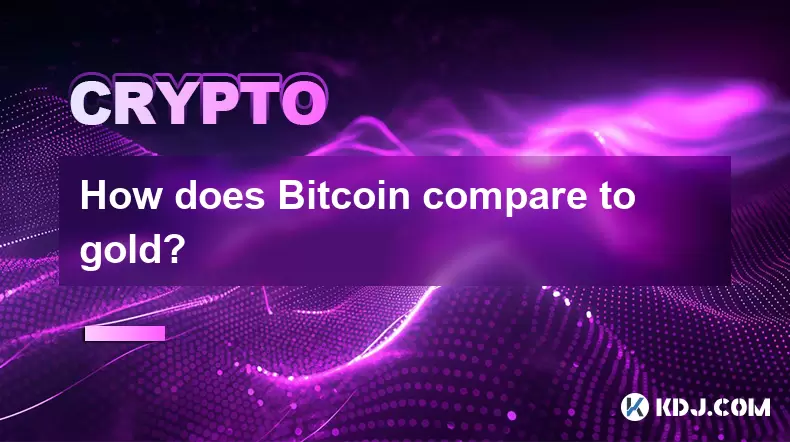-
 Bitcoin
Bitcoin $115100
1.27% -
 Ethereum
Ethereum $3675
2.71% -
 XRP
XRP $2.995
1.45% -
 Tether USDt
Tether USDt $1.000
0.02% -
 BNB
BNB $769.8
2.64% -
 Solana
Solana $168.0
3.25% -
 USDC
USDC $0.9999
-0.01% -
 TRON
TRON $0.3371
1.48% -
 Dogecoin
Dogecoin $0.2051
3.36% -
 Cardano
Cardano $0.7394
2.30% -
 Hyperliquid
Hyperliquid $38.15
0.42% -
 Stellar
Stellar $0.3966
-0.36% -
 Sui
Sui $3.486
2.93% -
 Chainlink
Chainlink $16.72
2.52% -
 Bitcoin Cash
Bitcoin Cash $568.0
4.36% -
 Hedera
Hedera $0.2440
2.59% -
 Ethena USDe
Ethena USDe $1.001
0.04% -
 Avalanche
Avalanche $22.16
2.06% -
 Litecoin
Litecoin $119.1
-0.73% -
 UNUS SED LEO
UNUS SED LEO $8.991
0.04% -
 Toncoin
Toncoin $3.232
-0.39% -
 Shiba Inu
Shiba Inu $0.00001233
2.82% -
 Uniswap
Uniswap $9.717
2.53% -
 Polkadot
Polkadot $3.664
1.85% -
 Dai
Dai $1.000
0.01% -
 Monero
Monero $281.2
-3.89% -
 Bitget Token
Bitget Token $4.350
1.55% -
 Cronos
Cronos $0.1428
5.07% -
 Pepe
Pepe $0.00001050
3.68% -
 Aave
Aave $262.3
3.54%
How to use leverage to trade Bitcoin?
Leveraged Bitcoin trading amplifies profits but also losses; understanding margin, liquidation prices, and exchange variations is crucial for success, requiring careful risk management and choosing a suitable platform.
Mar 20, 2025 at 07:21 pm

Key Points:
- Leverage allows traders to control larger Bitcoin positions than their account balance would normally permit. This magnifies both profits and losses.
- Understanding margin requirements, liquidation prices, and the risks associated with leverage is crucial.
- Several cryptocurrency exchanges offer leveraged trading, but their offerings vary significantly.
- Choosing the right exchange, understanding your risk tolerance, and employing sound risk management strategies are essential for successful leveraged Bitcoin trading.
How to Use Leverage to Trade Bitcoin?
Leveraged Bitcoin trading offers the potential for substantial profits, but it also carries significant risks. It involves borrowing funds from an exchange to increase your trading position size. For example, 5x leverage means you control a position five times larger than your initial investment. However, losses are also amplified proportionally.
Understanding Margin and Liquidation
Before diving into leveraged Bitcoin trading, grasp the concept of margin. Margin is the amount of your own funds you need to maintain a leveraged position. Exchanges set margin requirements, which represent a percentage of the total position value. If your position moves against you and your margin falls below the maintenance margin, the exchange may liquidate your position to cover its losses. This liquidation happens automatically at your liquidation price, often resulting in significant losses.
Choosing a Cryptocurrency Exchange
Numerous exchanges offer leveraged Bitcoin trading, each with different leverage ratios, fees, and margin requirements. Research different platforms carefully, comparing their fees, security measures, and user interface. Consider factors like the available leverage levels (e.g., 2x, 5x, 10x, or even higher), the types of orders supported (market, limit, stop-loss), and the platform's reputation for security and reliability. Some exchanges also offer different types of leveraged products, such as perpetual swaps or futures contracts, each with its own nuances.
Types of Leveraged Trading Products
- Perpetual Swaps: These contracts allow for indefinite exposure to Bitcoin's price movements, but they usually involve funding rates which can affect profitability. Funding rates are payments made between long and short traders to equalize the price of the perpetual swap to the spot price of Bitcoin.
- Futures Contracts: These are agreements to buy or sell Bitcoin at a specific price on a future date. They offer leverage and allow traders to hedge against price fluctuations.
- Margin Trading: This involves borrowing funds from the exchange to increase your trading position. It is the most straightforward form of leveraged trading.
Steps to Initiate a Leveraged Bitcoin Trade
The precise steps vary depending on the exchange, but the general process is as follows:
- Open an Account: Create an account with a cryptocurrency exchange that supports leveraged trading.
- Fund Your Account: Deposit funds into your account using a supported payment method.
- Select a Trading Pair: Choose the Bitcoin trading pair (e.g., BTC/USD, BTC/USDT).
- Choose Leverage: Select your desired leverage level, keeping in mind the increased risk associated with higher leverage.
- Place Your Order: Specify the amount of Bitcoin you want to buy or sell and your leverage.
- Monitor Your Position: Track your position's performance closely and manage your risk.
Risk Management Strategies
Leveraged trading is inherently risky. Implementing effective risk management strategies is crucial:
- Use Stop-Loss Orders: These orders automatically close your position if the price moves against you by a predetermined amount, limiting potential losses.
- Start with Small Positions: Begin with small trades to gain experience and test your strategy before increasing your position size.
- Diversify Your Portfolio: Don't put all your eggs in one basket. Diversify your investments across different assets to mitigate risk.
- Never Trade with Money You Can't Afford to Lose: This is the most important rule in leveraged trading.
Understanding Fees and Charges
Leveraged trading often involves various fees:
- Trading Fees: These are charges for executing trades.
- Funding Fees (for Perpetual Swaps): These are payments made based on the difference between the perpetual swap price and the spot price of Bitcoin.
- Interest Charges (for Margin Trading): These are charges for borrowing funds from the exchange.
Common Questions:
Q: What is the maximum leverage offered on most exchanges? A: The maximum leverage offered varies greatly across exchanges, ranging from 2x to as high as 100x or even more. However, higher leverage significantly increases the risk of liquidation.
Q: How does liquidation work? A: If your margin falls below the maintenance margin, the exchange will automatically liquidate (close) your position to recover its losses. This often results in substantial losses for the trader.
Q: What are the risks of using leverage in Bitcoin trading? A: The primary risk is the amplification of both profits and losses. A small price movement against your position can lead to significant losses, even resulting in liquidation and the complete loss of your initial investment. The risk increases with higher leverage levels.
Q: Is leveraged Bitcoin trading suitable for beginners? A: No, leveraged trading is generally not recommended for beginners due to the high risk involved. It requires a thorough understanding of market dynamics, risk management, and the specific mechanics of leveraged trading platforms. Beginners should start with smaller, unleveraged trades to gain experience.
Q: How can I minimize my risk when using leverage? A: Employing stop-loss orders, starting with small positions, diversifying your portfolio, and only trading with money you can afford to lose are crucial for minimizing risk. Thorough research and understanding of the market are also essential.
Disclaimer:info@kdj.com
The information provided is not trading advice. kdj.com does not assume any responsibility for any investments made based on the information provided in this article. Cryptocurrencies are highly volatile and it is highly recommended that you invest with caution after thorough research!
If you believe that the content used on this website infringes your copyright, please contact us immediately (info@kdj.com) and we will delete it promptly.
- BlockDAG, Litecoin, and Cardano: Charting the Course in Crypto's Dynamic Waters
- 2025-08-07 09:09:06
- Fireverse Token: Igniting a Musical Revolution in Web3
- 2025-08-07 08:27:45
- Ethereum, L2 Withdrawals, and Decentralization: A New Yorker's Take
- 2025-08-07 08:32:33
- Avalanche vs. Ruvi AI: Daily Sales Tell a Story of Crypto Disruption
- 2025-08-07 06:29:35
- DeSoc: The Crypto to Buy Now for a Decentralized Future (and Maybe 43x Gains!)
- 2025-08-07 06:50:16
- Arctic Pablo Coin: Riding the Meme Coin Wave with a Deflationary Twist
- 2025-08-07 07:18:13
Related knowledge

Can the Bitcoin protocol be changed?
Aug 07,2025 at 01:16pm
Understanding the Bitcoin ProtocolThe Bitcoin protocol is the foundational set of rules that govern how the Bitcoin network operates. It defines every...

How does Bitcoin handle scalability issues?
Aug 07,2025 at 10:54am
Understanding Bitcoin’s Scalability ChallengeBitcoin’s design prioritizes decentralization, security, and immutability, but these principles come with...

Do you need to understand technology to use Bitcoin?
Aug 07,2025 at 06:17am
Understanding the Basics of BitcoinTo engage with Bitcoin, one does not need a deep understanding of the underlying technology, much like how individu...

Can your Bitcoins be stolen?
Aug 07,2025 at 03:28am
Understanding the Security of Bitcoin OwnershipThe decentralized nature of Bitcoin means that no central authority controls the network, placing the r...

How does Bitcoin compare to gold?
Aug 07,2025 at 03:18am
Historical Context and Origins of Bitcoin and GoldUnderstanding the comparison between Bitcoin and gold begins with their origins and historical roles...

Can you lose money with Bitcoin?
Aug 07,2025 at 07:49am
Understanding the Volatility of BitcoinBitcoin is known for its extreme price volatility, which is one of the primary reasons investors can lose money...

Can the Bitcoin protocol be changed?
Aug 07,2025 at 01:16pm
Understanding the Bitcoin ProtocolThe Bitcoin protocol is the foundational set of rules that govern how the Bitcoin network operates. It defines every...

How does Bitcoin handle scalability issues?
Aug 07,2025 at 10:54am
Understanding Bitcoin’s Scalability ChallengeBitcoin’s design prioritizes decentralization, security, and immutability, but these principles come with...

Do you need to understand technology to use Bitcoin?
Aug 07,2025 at 06:17am
Understanding the Basics of BitcoinTo engage with Bitcoin, one does not need a deep understanding of the underlying technology, much like how individu...

Can your Bitcoins be stolen?
Aug 07,2025 at 03:28am
Understanding the Security of Bitcoin OwnershipThe decentralized nature of Bitcoin means that no central authority controls the network, placing the r...

How does Bitcoin compare to gold?
Aug 07,2025 at 03:18am
Historical Context and Origins of Bitcoin and GoldUnderstanding the comparison between Bitcoin and gold begins with their origins and historical roles...

Can you lose money with Bitcoin?
Aug 07,2025 at 07:49am
Understanding the Volatility of BitcoinBitcoin is known for its extreme price volatility, which is one of the primary reasons investors can lose money...
See all articles

























































































